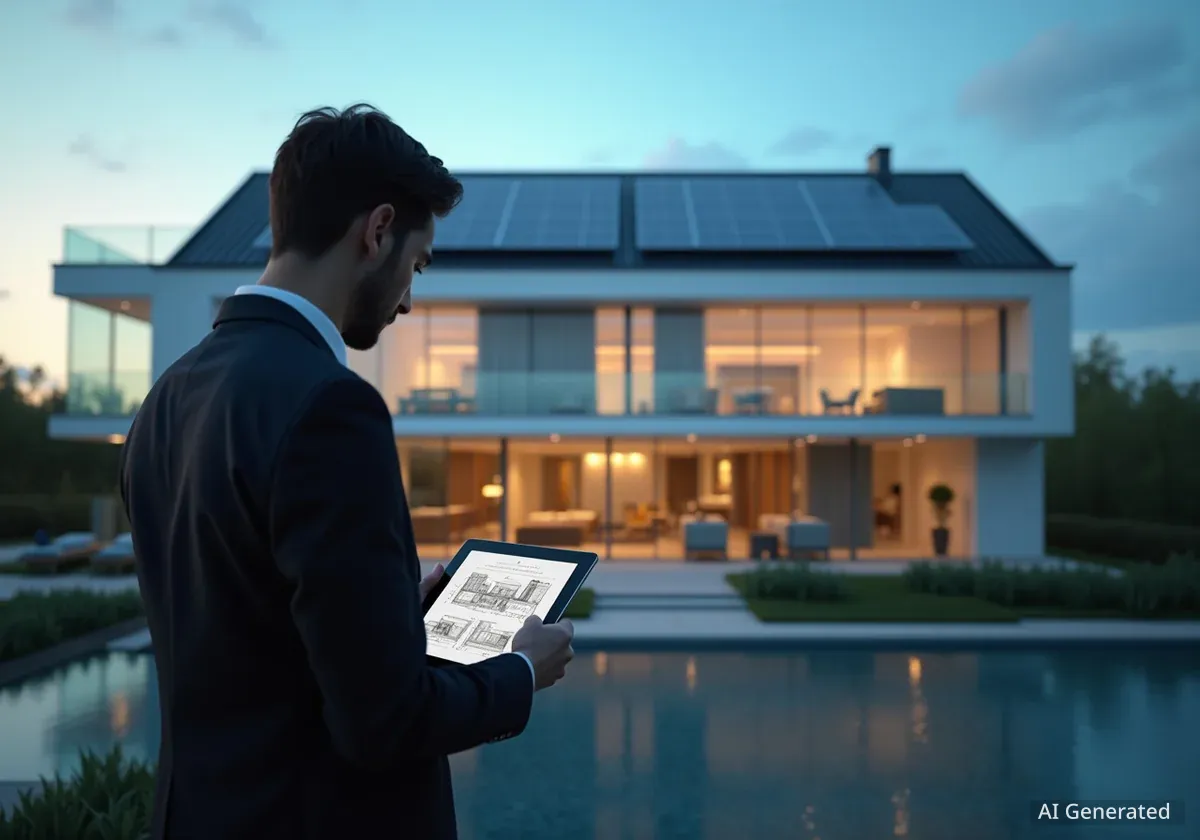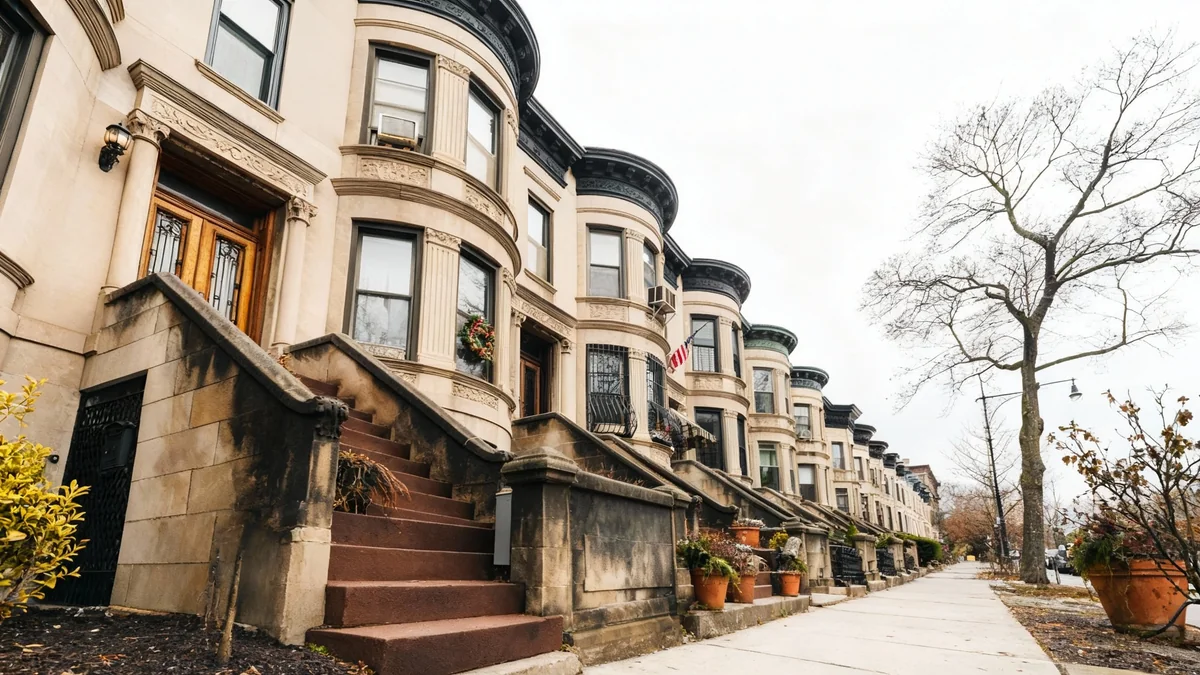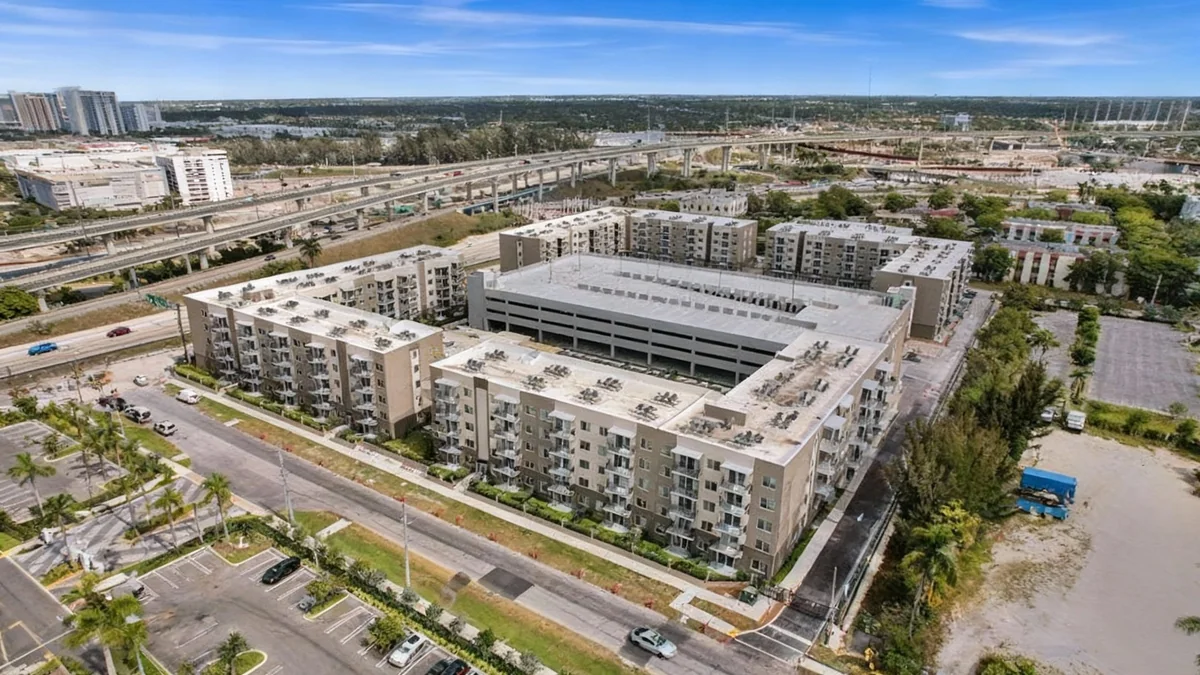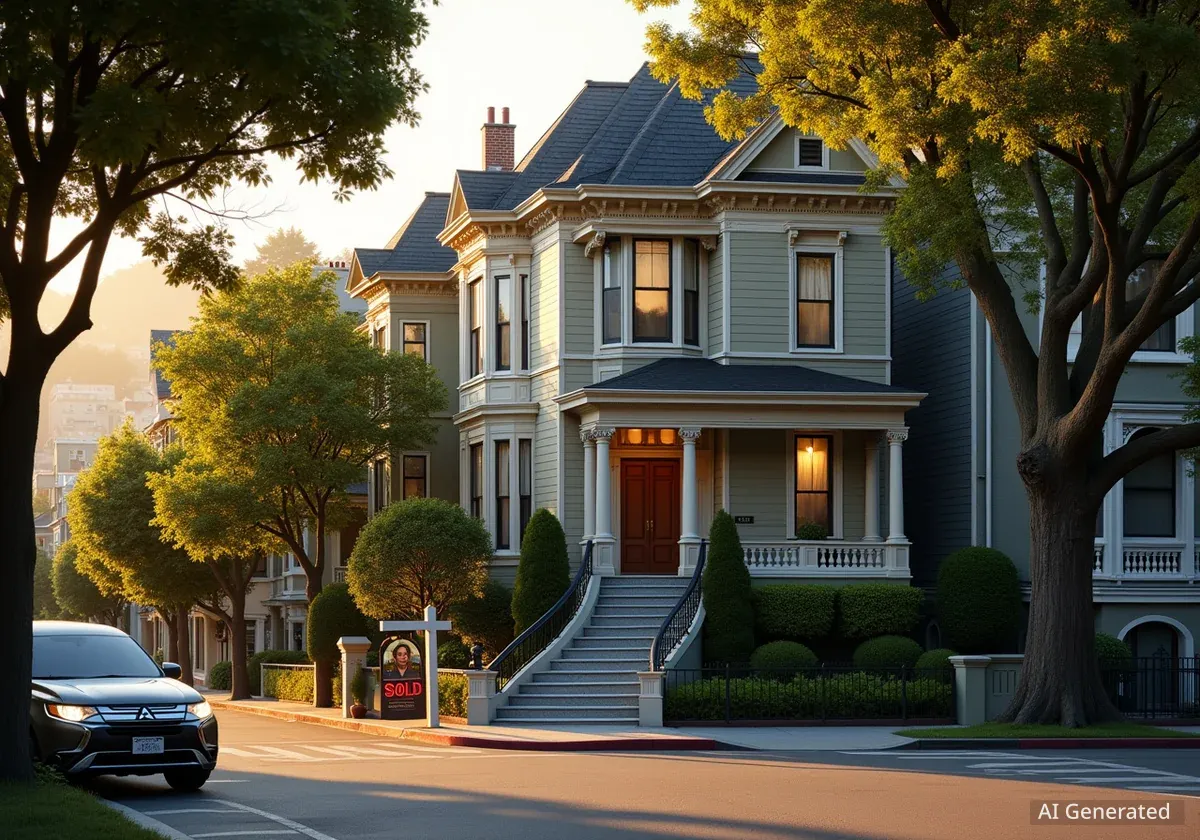A new generation of leaders is fundamentally changing the real estate industry, moving away from traditional practices to embrace digital marketing, sustainable development, and lifestyle-focused design. This shift is driven by evolving buyer expectations and the values of younger professionals entering the market.
These emerging leaders are prioritizing technology and social media to connect with clients, while redefining luxury to include wellness amenities and environmental responsibility. According to a recent analysis from Realty Plus Magazine, this transformation is not a fleeting trend but a significant realignment of the property market's core principles.
Key Takeaways
- Younger real estate leaders are using social media for marketing and client engagement, replacing traditional methods like billboards.
- Buyer expectations have shifted, with a greater demand for lifestyle amenities such as wellness centers and sports facilities.
- Sustainability and environmentally friendly construction are becoming central to the definition of modern luxury properties.
- The pandemic accelerated the adoption of digital tools, leading to a rise in remote property sales, including high-value investments.
- The industry is moving towards a more transparent and purpose-driven approach to sales and development.
The Digital Revolution in Property Marketing
The most visible change brought by new-generation leaders is the complete overhaul of marketing strategies. Traditional advertising channels, once the backbone of real estate promotion, are being replaced by dynamic, digital-first approaches. Social media platforms are now the primary tool for building brands and engaging with potential buyers.
Professionals are using platforms like Instagram and TikTok to share real-time project updates, offer virtual tours, and gather immediate feedback from their audience. This direct line of communication allows developers to tailor their projects to consumer desires more effectively than ever before.
Pandemic as a Digital Catalyst
The global pandemic served as a major accelerator for this digital shift. With physical viewings restricted, real estate firms had to innovate quickly. According to industry developers, tools like Instagram Reels and comprehensive virtual tours became essential for driving sales.
This digital dependency proved remarkably effective. Reports indicate that a significant number of transactions, including multimillion-dollar properties, were completed by investors who had never physically visited the site. This trend highlights a newfound trust in digital presentations and the ability of technology to bridge geographical distances.
Background: Traditional vs. Modern Marketing
Historically, real estate marketing relied heavily on print advertisements, billboards, and in-person open houses. While effective for their time, these methods offered limited engagement and slow feedback. Today's digital strategies provide instant analytics, global reach, and a more personal connection with potential clients.
Redefining Luxury and Lifestyle Design
Beyond marketing, the very concept of luxury is being redefined. For younger buyers, luxury is less about sheer size and opulence and more about thoughtful, personalized design that enhances their quality of life. This has led to a surge in demand for properties that integrate wellness and convenience.
Developers are now finding that properties lacking comprehensive amenities are often overlooked. The modern buyer increasingly expects facilities that support a healthy and active lifestyle. These are no longer considered optional extras but essential components of a desirable home.
Industry surveys indicate that over 70% of buyers under 40 consider access to wellness facilities, such as gyms, pools, and green spaces, a critical factor when choosing a property.
Key Lifestyle Amenities in Demand
The focus on lifestyle has created a new checklist for property developers. To meet market expectations, new projects often include a range of integrated facilities:
- State-of-the-art fitness centers and yoga studios
- Swimming pools and spa facilities
- Co-working spaces and business lounges
- Community gardens and outdoor recreational areas
- On-site cafes and social spaces
This holistic approach to design reflects a broader cultural shift towards prioritizing well-being and community integration within one's living environment.
Sustainability Becomes a Core Value
Another defining characteristic of this new era in real estate is the strong emphasis on sustainability. Environmentally responsible construction is no longer a niche market but a mainstream expectation. Buyers are increasingly aware of their environmental footprint and seek properties that align with their values.
"Today's clients don't just ask about the floor plan; they ask about the carbon footprint. They want to know where the materials came from and how energy-efficient the building is. This is a fundamental change in consumer consciousness," an industry analyst noted.
This demand has pushed developers to incorporate green building practices, from using sustainable materials and renewable energy sources to designing for optimal energy efficiency. Certifications like LEED (Leadership in Energy and Environmental Design) have become valuable selling points, signaling a commitment to environmental stewardship.
A New Approach to Business Culture
The transformation extends to the business practices within real estate firms. The new generation of leaders is fostering a culture of greater transparency and purpose. The focus is shifting from high-pressure sales tactics to building long-term relationships based on trust and shared values.
While innovation is celebrated, industry veterans stress that market fundamentals remain crucial. Aligning floor plans and pricing with current market demand is still the key to a successful project. The challenge for new leaders is to balance innovative ideas with the practical realities of the economic landscape.
Ultimately, the real estate market is moving towards a more conscious and client-centric model. The leaders driving this change understand that success in today's world requires a purpose-driven approach that reflects the evolving expectations of buyers and the forward-thinking values of the professionals shaping the industry's future.





